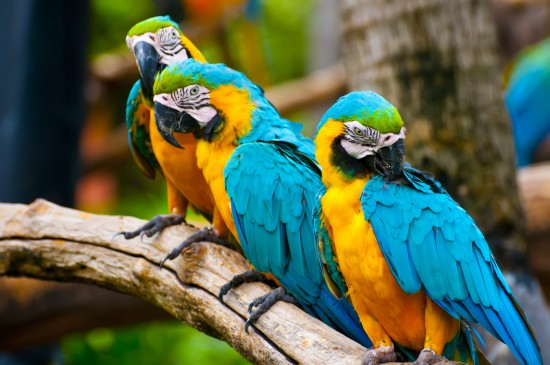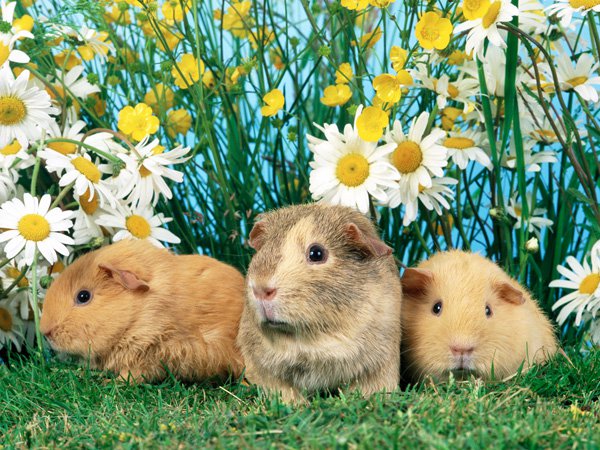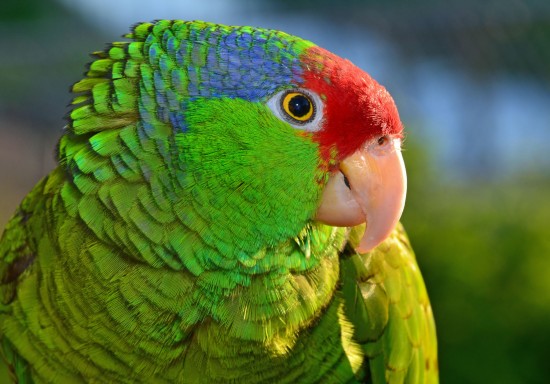

Parrots can be really amusing creatures to have in a home. If well trained and looked after, they will live for a very, very long time. They are brilliant at learning things quickly which of course, includes mimicking most noises they hear. A few of the breeds are exceptionally good talkers with the lovely African Grey parrot being the best of them. Below are a few fun and interesting facts about these delightful, often gregarious feathered friends:
Parrots come in all shapes and sizes, from tiny little birds with dinky little beaks to really big parrots with massive beaks – namely the parrots native to the South American rainforests, the Macaws and Amazons. Here are a few facts about the different species of parrots found in the world:
It is now illegal to take parrots from the wild and domesticate them. The ban was set in place to protect many endangered species found around the world. This means all parrots sold in the UK have been bred in this country and not imported from their country of origin. If they have, the parrots must have the correct documentation to verify they were bred in captivity in their country of origin and not taken from the wild. Here are a few facts about the endangered species of parrots in the world.
There are around 130 species of parrots on the endangered or threatened list which has been compiled by the International Union for Conservation of Nature otherwise known as the IUCN. Below is a list of endangered parrots around the world:
Apart from being very intelligent, parrots can do other things like being able to see ultraviolet light – something humans cannot do. More fun and interesting facts about parrots:
As previously mentioned, parrots are very clever birds and some even self medicate. Parrots in South America, namely the Conures, Amazons and Macaws have been seen to eat clay when they need to detoxify their bodies. The parrots eat the clay because some of the seeds they like to eat contain toxins and the clay helps them cleanse the poisons out of their bodies.
These lovely birds are native to many of the warmer countries of the world including India, West Africa and south east Asia. However, the greatest number of parrots are found on the continents of Australasia, Central America and South America.
 Fungal Infections Seen In Dogs
Fungal Infections
Fungal Infections Seen In Dogs
Fungal Infections
 Chocolate Poisoning In Dogs
Chocolate Poisoni
Chocolate Poisoning In Dogs
Chocolate Poisoni
 Keeping Dachshund Pups Fit And Healthy
Keeping Dachshund
Keeping Dachshund Pups Fit And Healthy
Keeping Dachshund
 Handling Pets Using Most Recommended Methods For Health
Handling Pets Using Most Recommended Methods For Health
Handling Pets Using Most Recommended Methods For Health
Handling Pets Using Most Recommended Methods For Health
 Red-crowned Amazon Parrot
Red-crowned Amazo
Red-crowned Amazon Parrot
Red-crowned Amazo
Copyright © 2005-2016 Pet Information All Rights Reserved
Contact us: www162date@outlook.com